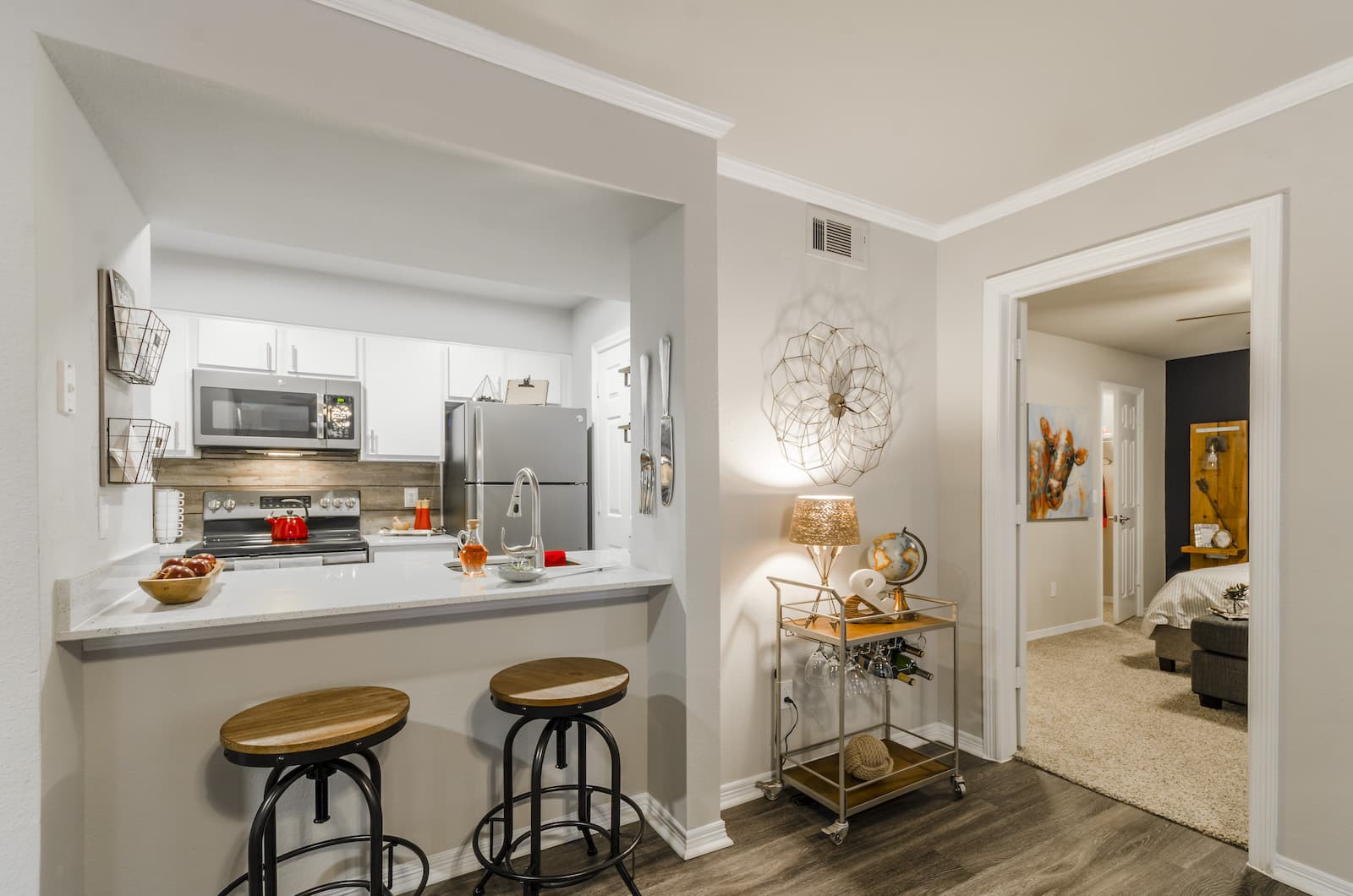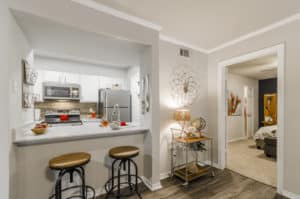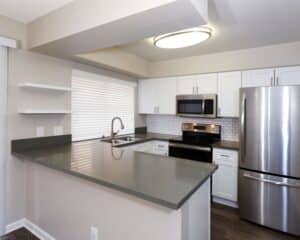Renovating multifamily units is always a complex task, but it becomes even more challenging when tenants remain in place. Owners and management companies face a balancing act, how to efficiently update units without causing undue disruption to residents. With the right strategy and precautions, it’s possible to complete renovations quickly while maintaining tenant satisfaction and occupancy. Let us look into the pros and cons of occupied multifamily renovations in detail.
Table of Contents
TogglePros and Cons of Occupied Renovations
Renovating while tenants are still in their units is often a necessity, especially when properties aim to maintain cash flow during an upgrade cycle. There are distinct advantages to this approach, but there are also critical challenges to address.
Pros:
- Steady Cash Flow
By keeping units occupied, you can maintain consistent rental income, making renovations more financially feasible for owners. - Quicker ROI
Updating units without waiting for vacancies speeds up the return on investment, as new finishes and features can justify rent increases sooner. - Reduced Vacancy Loss
Avoiding prolonged vacancies helps reduce the risk of losing tenants to other properties during the renovation period.
Cons:
- Tenant Disruption
Even with the best planning, tenants will face temporary inconveniences, including noise, dust, and limited access to certain areas of their units. - Safety Concerns
Occupied renovations require careful attention to safety, including clear pathways, temporary barriers, and effective dust control. - Time Management
It requires tight scheduling and coordination to minimize downtime and ensure that apartment contractors are efficient and effective while working in occupied spaces.
For owners and management companies, the key is to weigh these factors and ensure that the renovation strategy aligns with broader financial and occupancy goals as well as tenant convenience.
Staging Materials Well and Renovating by Building
Effective apartment renovation services begin with strategic planning, particularly when it comes to staging materials and organizing the renovation sequence. In occupied units, logistics become as critical as the work itself. Staging materials efficiently, especially for high-impact areas like kitchens and bathrooms can greatly reduce downtime. Set up temporary storage areas in each building, ideally close to the work area, to minimize movement and allow renovation contractors quick access to the necessary materials.
Working by building or section is another essential tactic. By concentrating renovations in one building at a time, you can ensure that the crew remains focused and productive. This phased approach not only speeds up the overall process but also limits the number of tenants experiencing disruptions at any given time. It also allows management teams to fine-tune the renovation process as they move from one building to the next, improving efficiency with each round.
Complete Wet Areas as Priority, Finish Other Work After Move-Out
When renovating occupied units, focusing on high-impact wet areas like kitchens and bathrooms – provides the best results with minimal inconvenience. By upgrading these critical areas first, you deliver visible improvements that matter most to tenants.
Kitchens can be transformed relatively quickly with updates to countertops, cabinets, backsplashes, and appliances. In bathrooms, prioritize fixtures, vanities, and plumbing upgrades. Using temporary solutions, like portable sinks or staged access to alternative bathroom facilities, can help tenants manage during the process.
For paint and flooring, it’s often best to wait until tenants move out. Not only does this reduce exposure to odors and fumes, but it also ensures that the final product remains pristine, especially for new flooring. This approach allows for the remaining renovations to be completed swiftly, with less impact on residents.
Achieve 4-Day Turns Instead of the 21-Day Industry Standard
Vacant homes often take 21 days or more in the multifamily industry, but occupied renovations can be achieved in as little as four days with the right plan. Here’s how:
- Precise Scheduling
Start with a tightly coordinated schedule that aligns tradespeople back-to-back. Have contractors ready to move from one task to the next seamlessly. - Pre-ordered Materials
Ensure all materials arrive before work begins, with enough redundancy built in for potential shortages or defects. - Skilled Crews
Employ experienced crews who are accustomed to working efficiently in occupied spaces and know how to minimize tenant disturbance.
By condensing the process into a 4-day timeline, owners and management companies can maximize both speed and quality, aligning with tenant needs and property performance goals.
Communicating with Tenants
No matter how efficient your renovation plan is, clear communication with tenants is essential. The more transparent and proactive you are, the more likely tenants will remain patient and cooperative. Start by informing tenants well in advance of any scheduled work, detailing what will happen, when, and how it might affect them. Provide a direct line of communication for tenant concerns or questions, whether it’s through a dedicated property manager, a hotline, or regular updates via email or SMS.
Renovating multifamily units while they are occupied may be challenging, but with a strategic approach, it’s possible to achieve high-quality results with minimal tenant disruption. At Renu, our expert team of multifamily contractors uses their expertise to successfully upgrade the interiors of properties while maintaining occupancy.
#Mulitifamily #Multifamilyrealestate #multifamilyrenovations #california #atlanta #miami #dallas #houstonrealestate #sandiego #denver #investmentproperty #Propertymanagement #investing #investor #multifamilyhousing #apartmentinvesting #multifamilyinvesting





